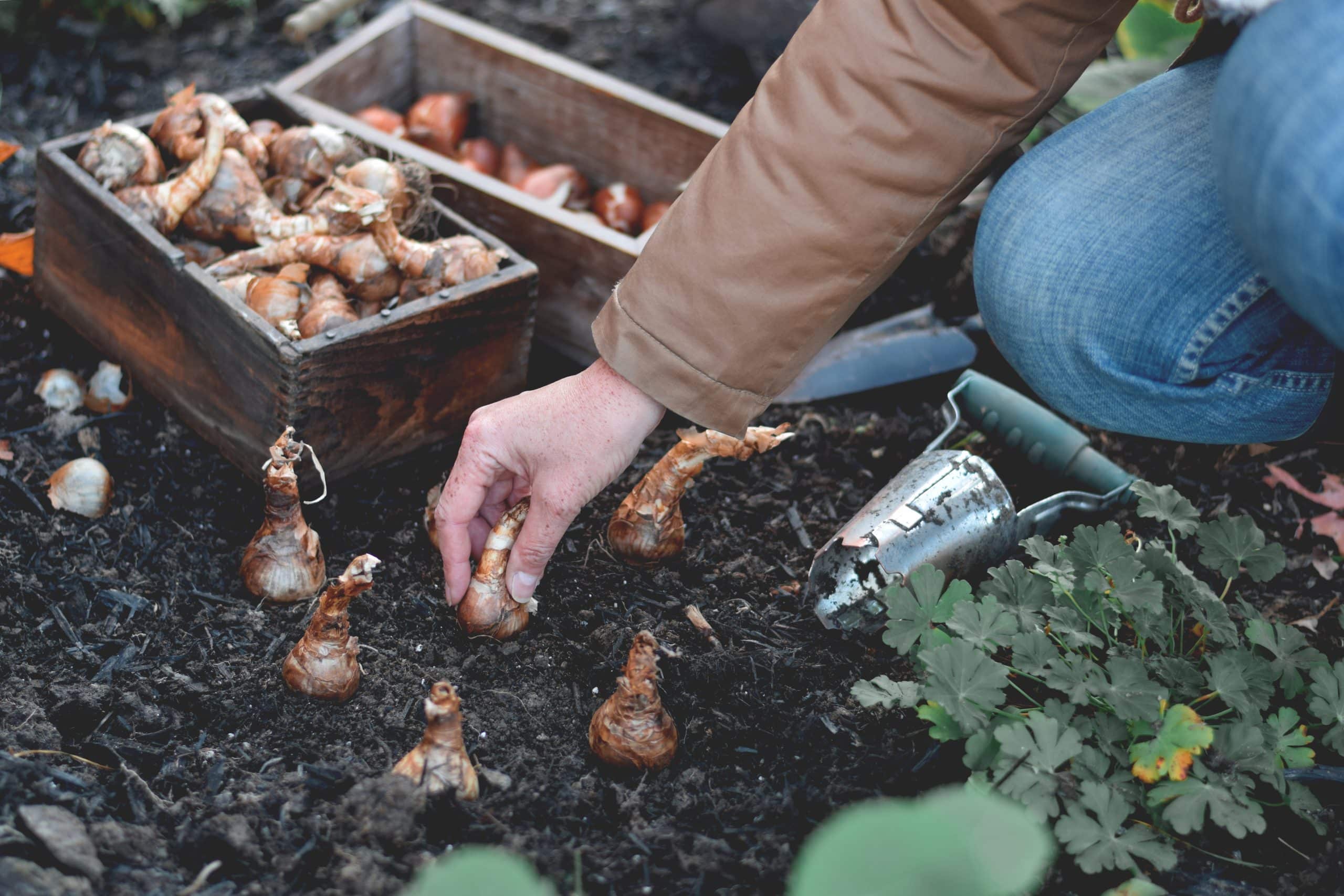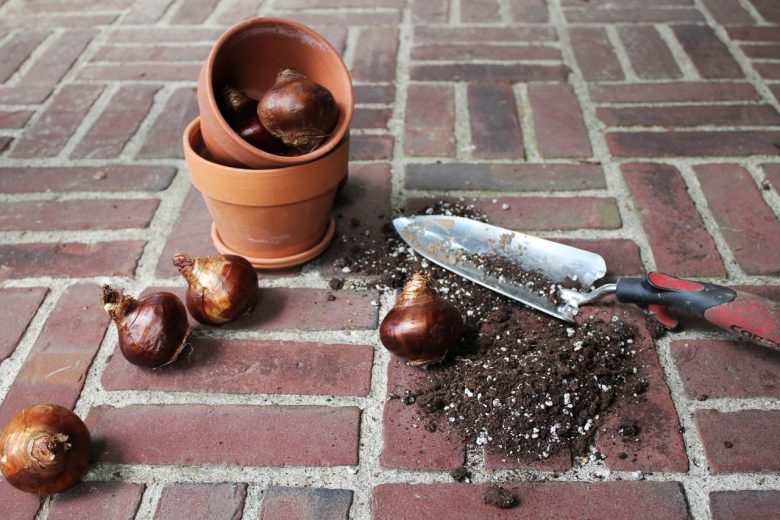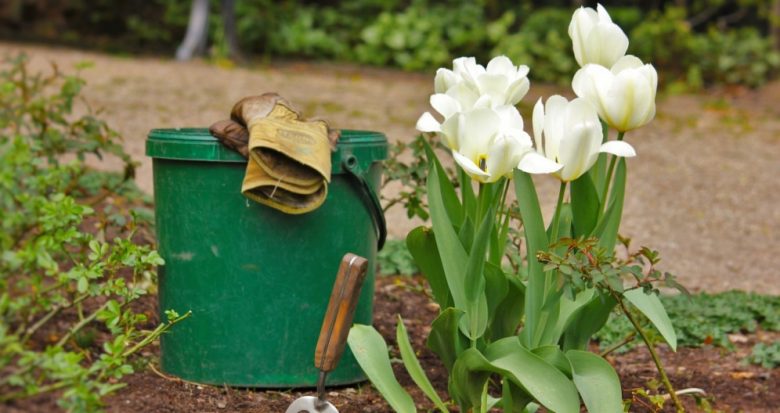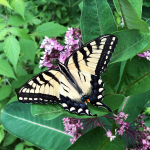New England Fall Planting Guide | What to Plant Before the First Frost
Fall is a great time to work in the garden and prepare for next year’s growing season. Here are 5 top picks for fall planting in New England.

Coffee By Design | Portland, Maine
Photo Credit : Katherine KeenanFall is a great time to work in the garden—bright sunny days paired with cooler temperatures make for a perfect climate to plant and prepare for the next growing season. Here’s our fall planting guide for the best five things to plant before New England’s first frost.
New England Fall Planting Guide

Photo Credit : Pixabay
What to Plant Before the First Frost
Trees & Shrubs
Fall is an ideal time to plant trees and shrubs. Roots systems will begin to form before the frost sets in, essentially establishing the shrub or tree in the ground for the winter. Mulching around newly planted trees and shrubs will help protect the new transplants throughout the winter as well. Be sure to remove any coverings on the root balls of plants before planting.
Perennials
Don’t let the droopy appearance of perennials that have completed their growing season get you down. Even though they do not look as appealing as they did when they were at their peak earlier in the season, they will bounce back in full force in the spring. If you are undecided about where to plant them now, you can always keep them in pots and soil in a covered or protected area outside until the spring and plant them then. Be sure to label the perennials beforehand for easy identification when it is time to put them in the ground.
Bulbs
September is the time to plant for early spring blooming bulb flowers such as daffodils, tulips, and crocus. Be sure to follow packaging directions for planting depths. A good rule of thumb is to plant tulips and daffodils 6 inches deep and crocus plants 3 inches deep. Bulbs should be put into the ground before late October to allow a bit of root growth before the frost.

Photo Credit : Pixabay
Herbs
Fennel, lavender, lemon balm, rosemary, wild strawberry, mint, and parsley are some of the herbs that do well when planted in the fall, provided they are established plants or divided from an existing herb plant and not new growth or seedlings.
Garlic
October is the time to plant garlic in New England—it is planted during the fall because the cloves must be exposed to cooler ground temperatures before they can begin to grow. They will remain in a suspended state throughout the winter and begin growing full force in the spring when the temperatures are warmer. Garlic cloves must be planted separately and not clustered together or as a whole garlic. Green shoots will appear in the spring.
What fall planting tips do you follow? Do you have any perennial favorites that you plant?
This post about fall planting was first published in 2013 and has been updated.








I’m considering planting ranqulis bulbs..
I would like to know if they will survive the winter ????
I live in the Northeast..
This fall was when I plan on putting them in the ground..
Of course I would put plenty of Pete and mulch..
I’m hesitant about doing this.. thanks Patty
Pete who? 😎
Information about the use of cover crops such as winter rye as a green manure would be a useful addition to this article.
I will be starting a fall garden this year in my new metal-raised beds. What vegetables can I plant mid-August to harvest in Nov/Dec? Also, any suggestions on how to fill the raised beds without having to buy so much on quality soil? Thank you.
If you haven’t already loaded your raised beds – recycle some empty plastic water bottles, crushed or not, but with lids on, for the very bottom of your bed. Water will find it’s way to the bottom so roots won’t rot, and you won’t need as much soil.